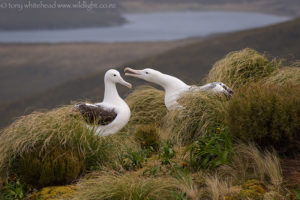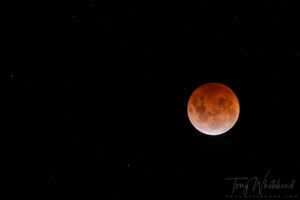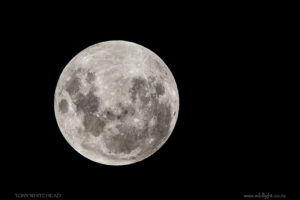This year Jupiter and Saturn have been travelling together through the night sky and their proximity was maximal on December 21. These conjunctions have occurred approximately every 20 years and approach to within about one degree of arc (approximately twice the apparent moon diameter). This year they are closer than they have been in the past 397 years (16 July 1623) and approached to 6 minutes of arc (0.1 degree of arc or one fifth the width of the moon). They will not approach this close again until 15 March 2080 which I will not see. I spent a couple of nights trying to record the Jupiter Saturn Great Conjunction photographically and my best result was on the evening of 19 December. Cloud foiled attempts on the 22nd and 23rd.
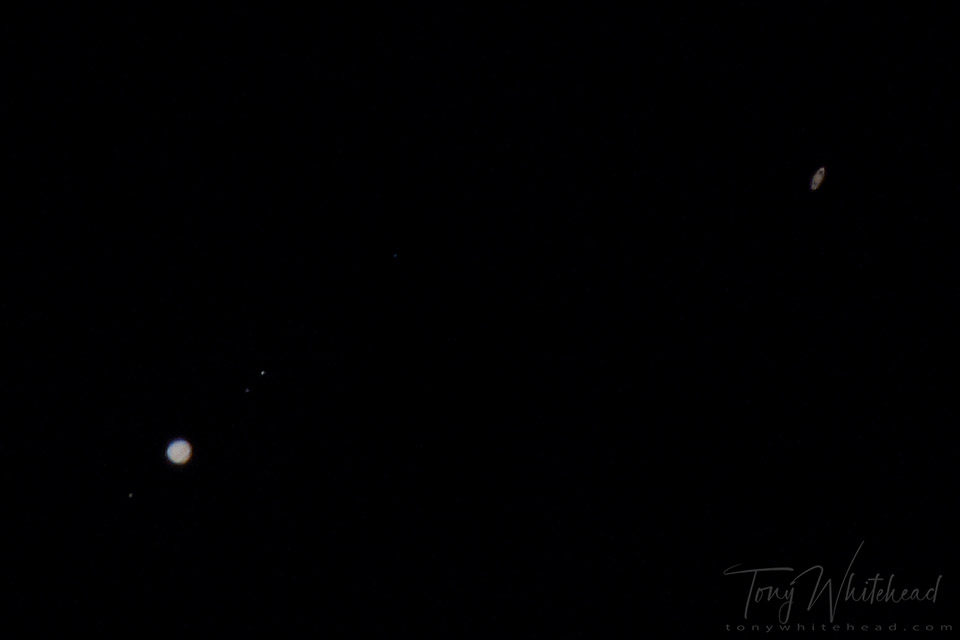
Technically this is a challenging exercise as the planets are only visible low on the horizon for a brief period shortly after sunset. This means looking through a very thick section of atmosphere with significant heat effects in mid summer and makes it almost impossible to get a sharp image.
Using a Nikon D850 gave me 45 megapixels to work with but even using a Nikon 500mm f4VR lens and Nikon TC-20E 2x teleconverter the planets are very small in the frame. Locking the rig off firmly on a gimbal head with a large and sturdy Sirui R-4203L carbon fibre tripod gave a stable platform. Despite this most images were very soft but I lucked out on one which gave an impression of the bands of Jupiter and clear record of the 4 Galilean moons (Europa, Io, Callisto and Ganymede) as well as Saturn’s rings.
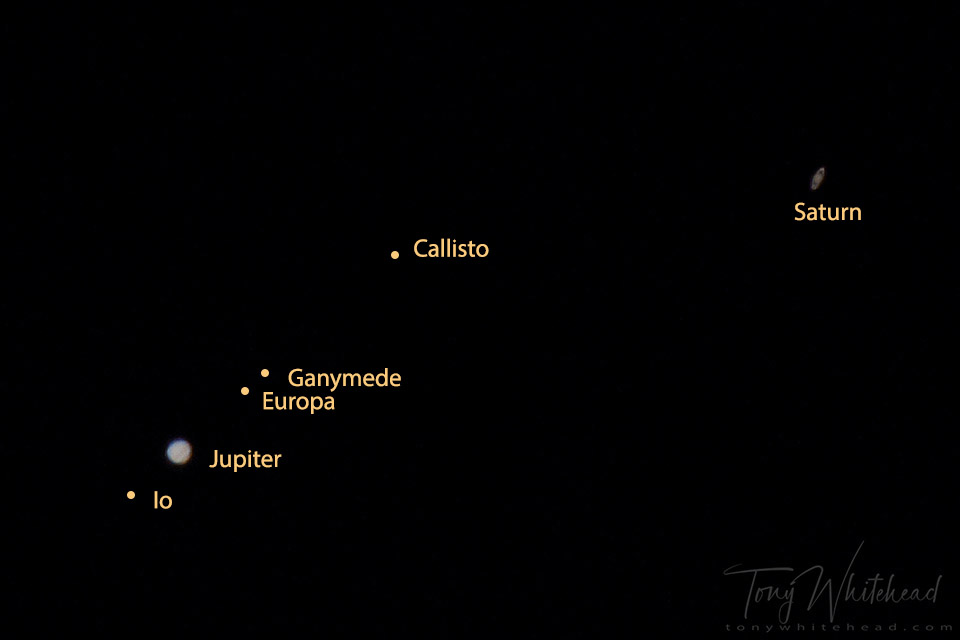
This labelled image will help direct you to the Galilean moons in the first image. I have taken the liberty of labelling the moons according to their distance from Jupiter but this may be inaccurate depending on where in their orbit they were when the photo was taken.
One of the benefits of having a steady rig assembled is the chance to photograph the moon. I have posted images of the full moon previously under Supermoon, Honey Moon and Super Blue Blood Moon and have photographed daily sequences of the waxing moon and it is always fascinating to look at the surface in detail. These next 2 images show the change in a day as the moon waxes.
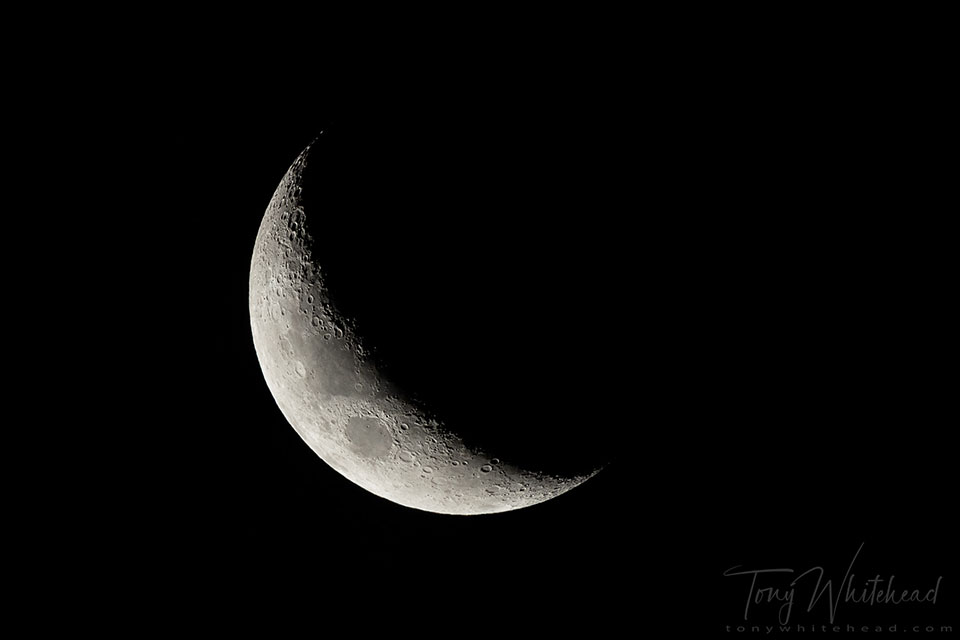
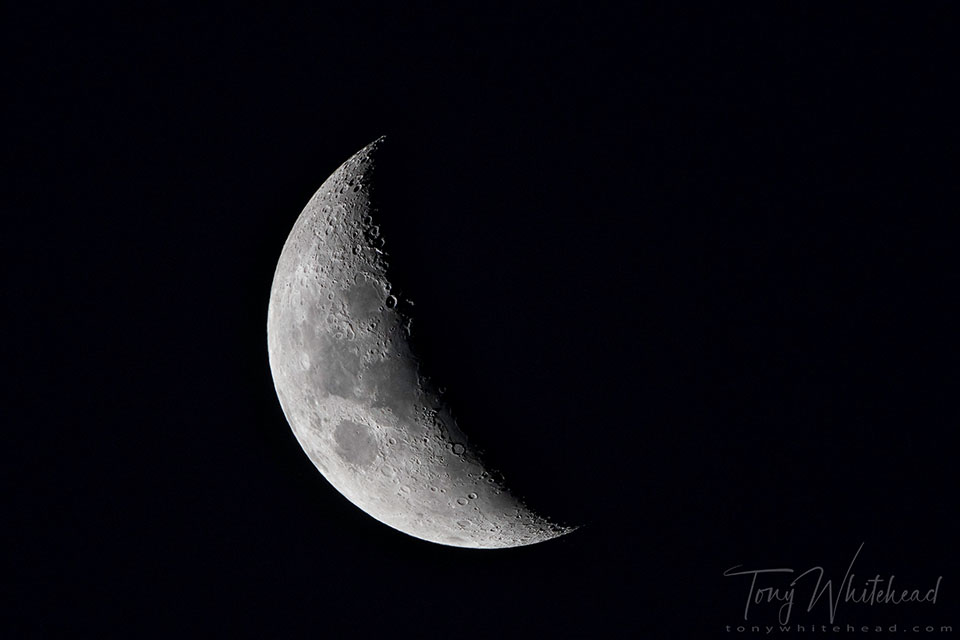
See this Space.com page for some more interesting facts on the Jupiter Saturn Great Conjunction.
